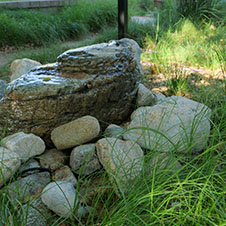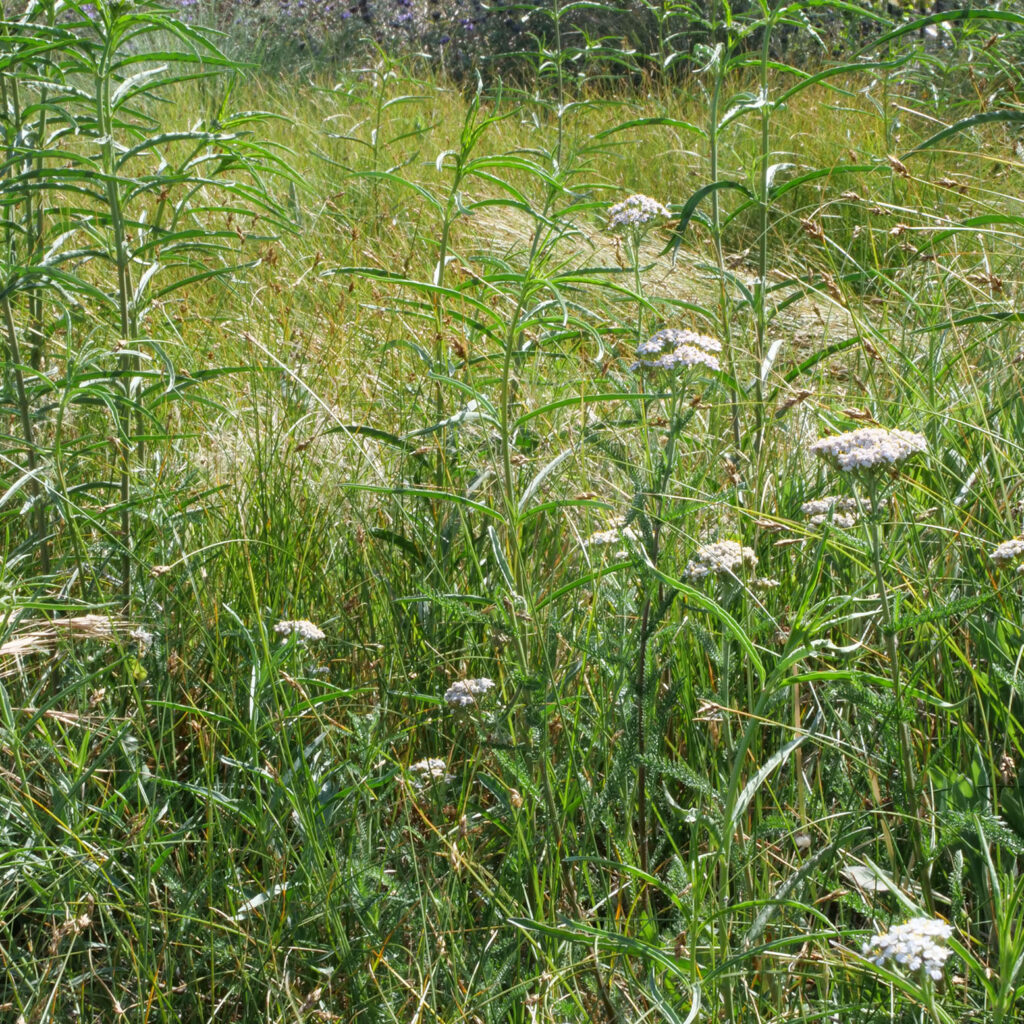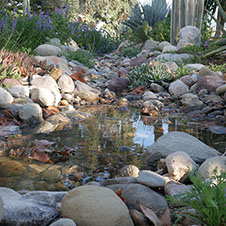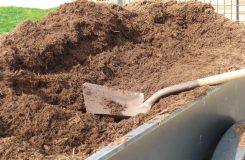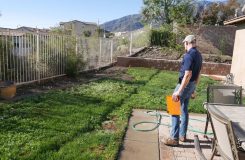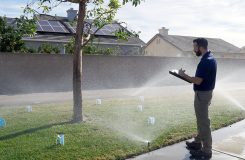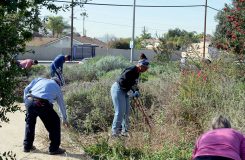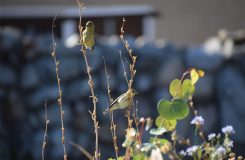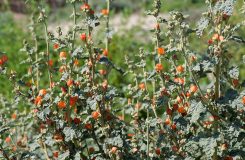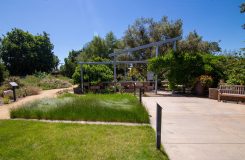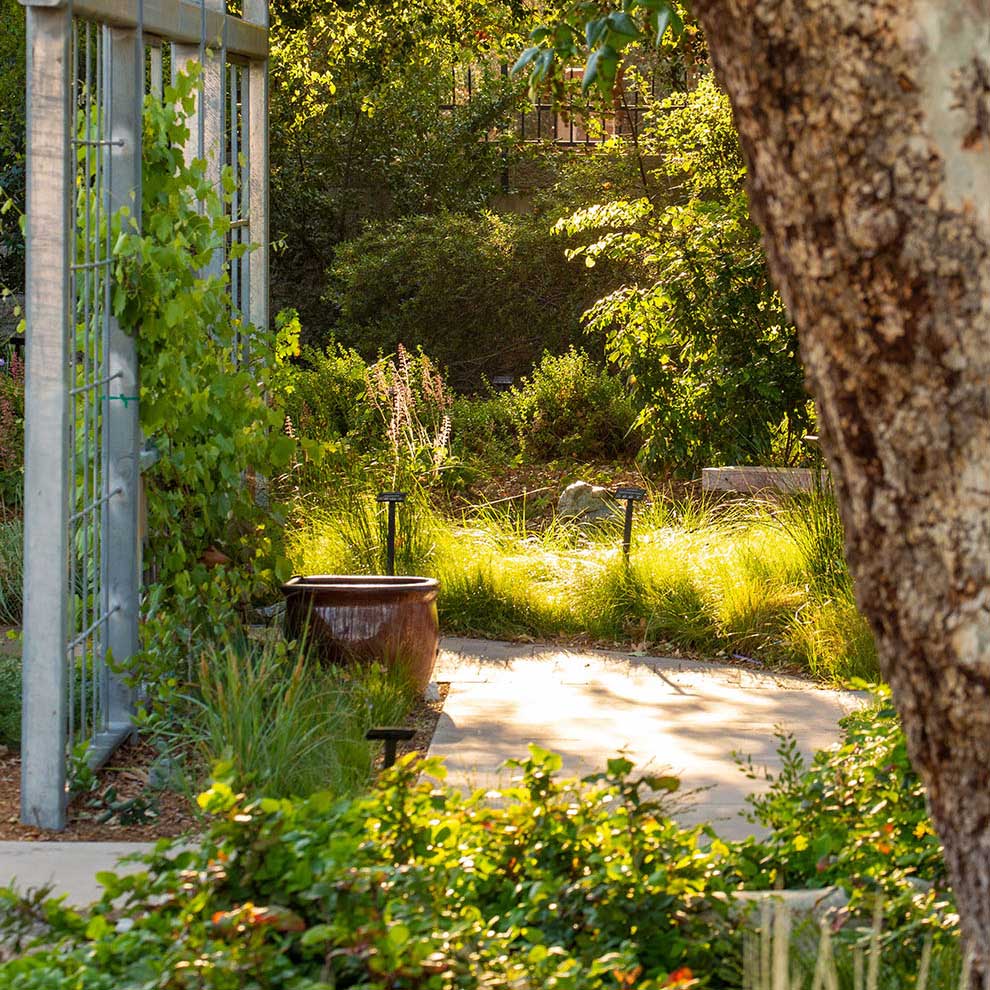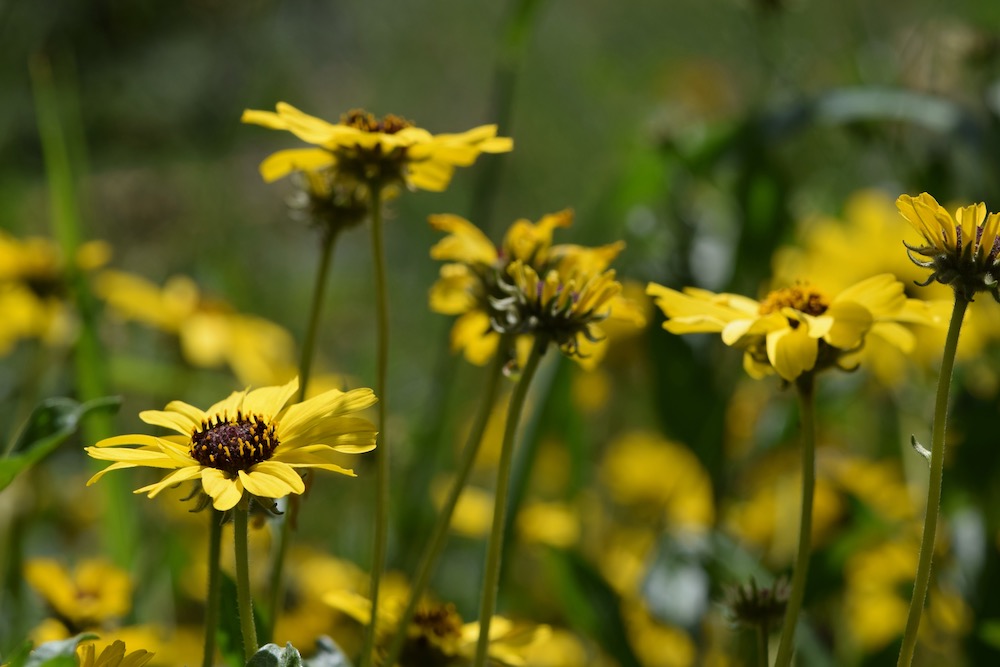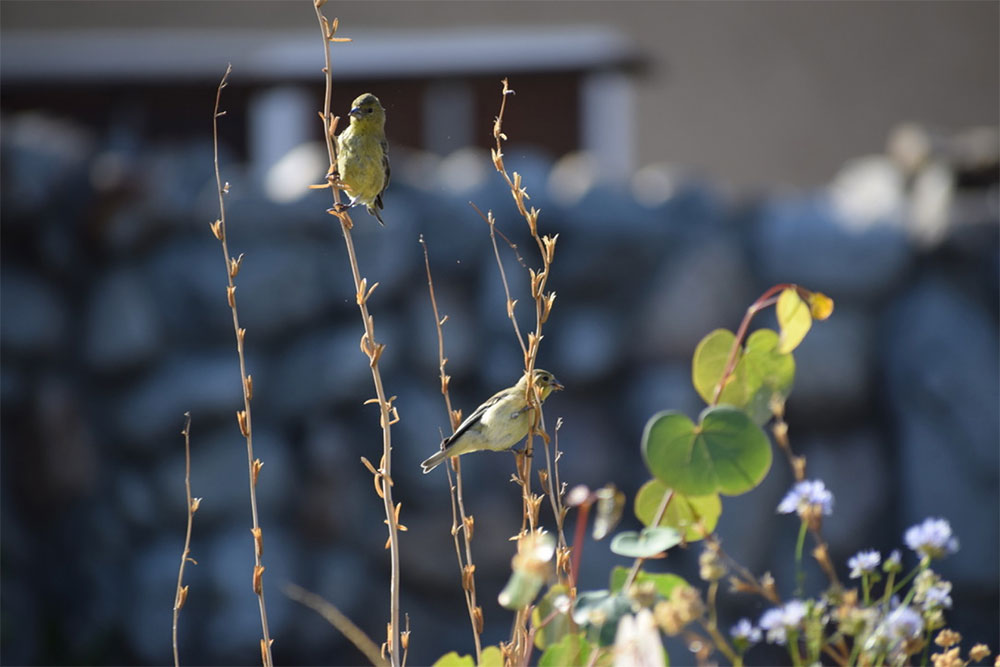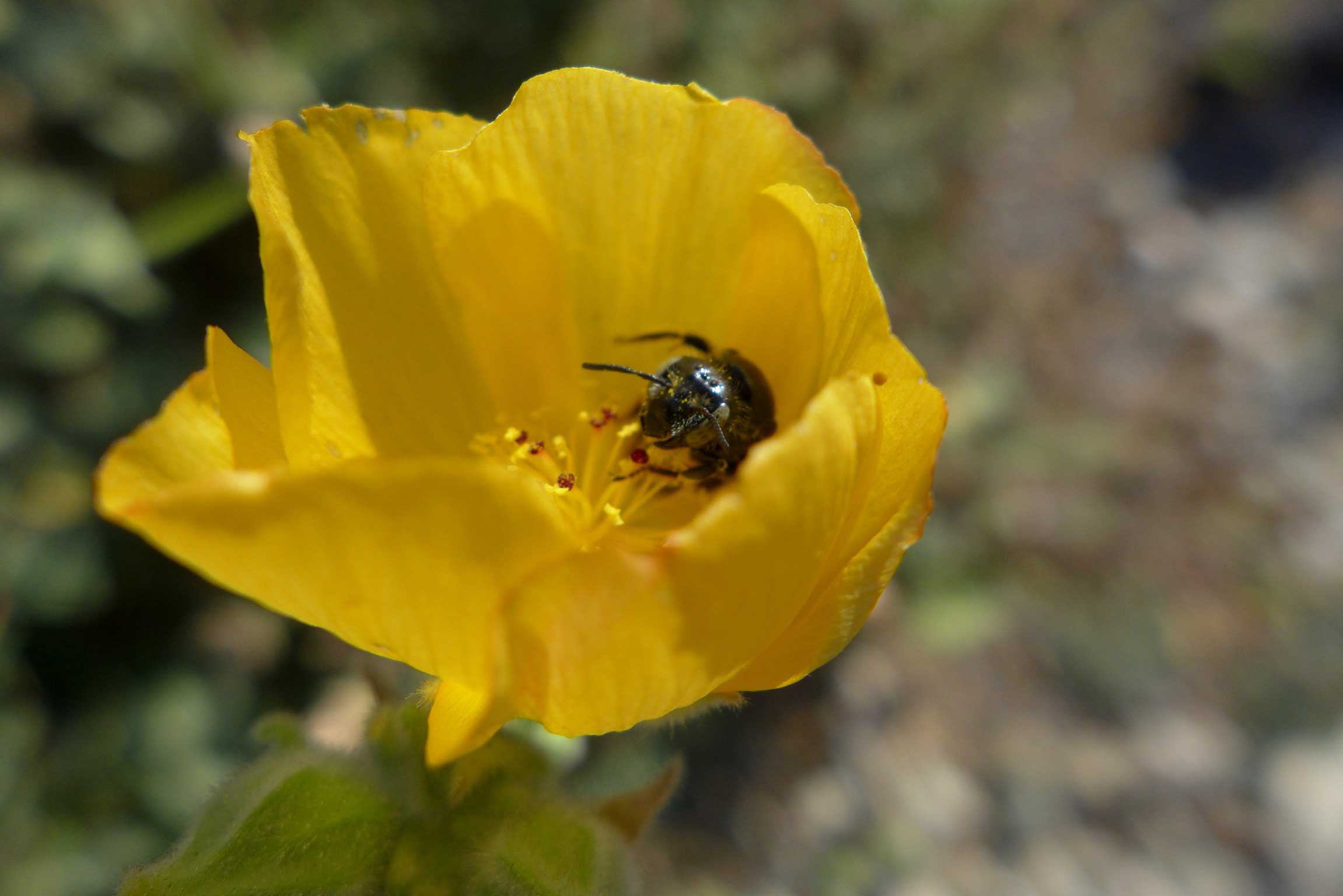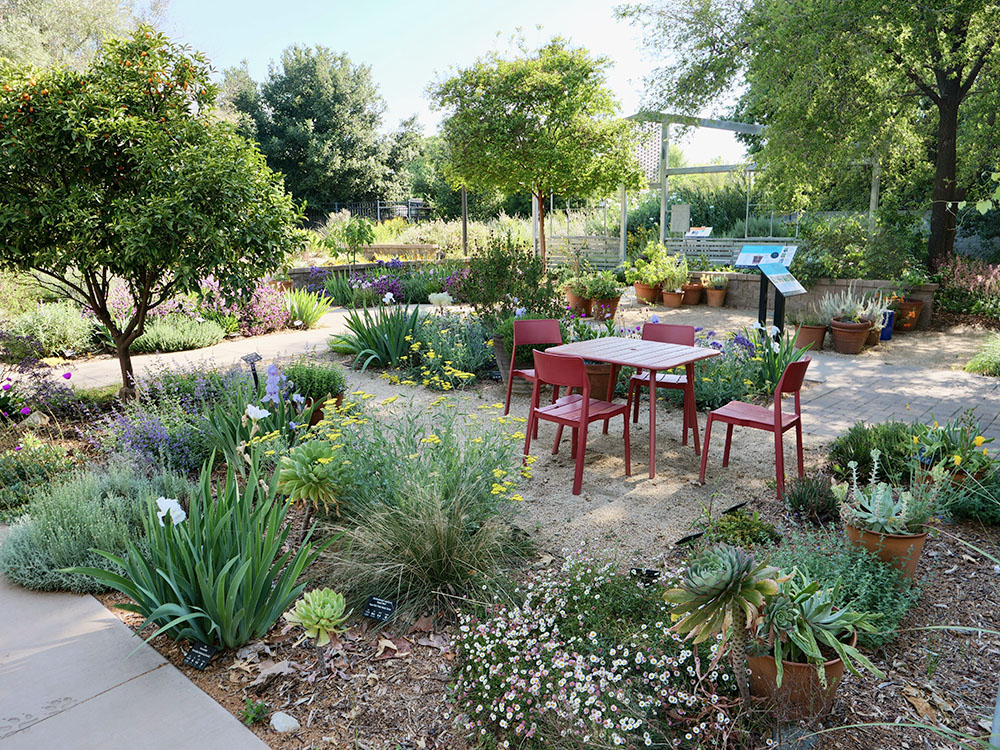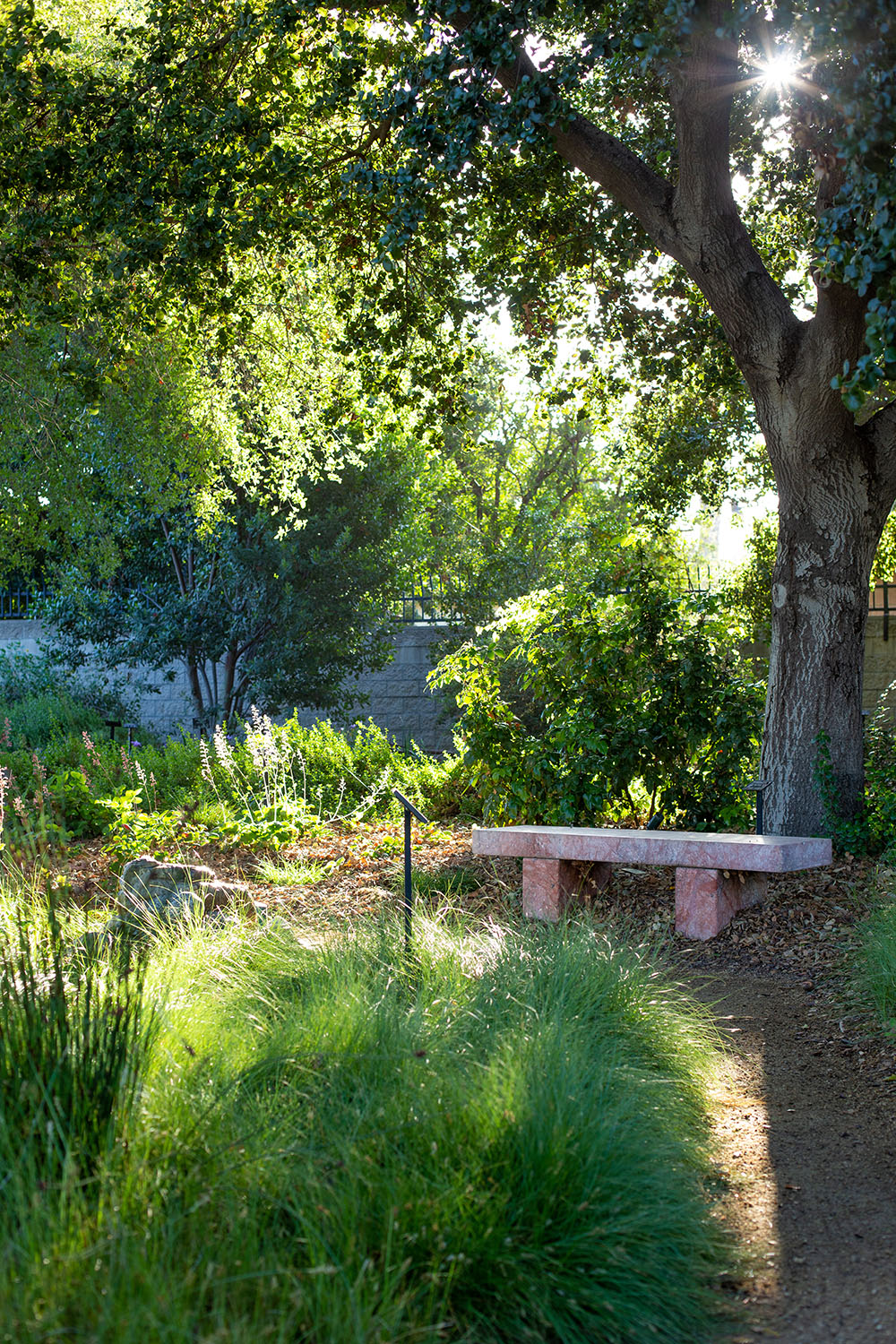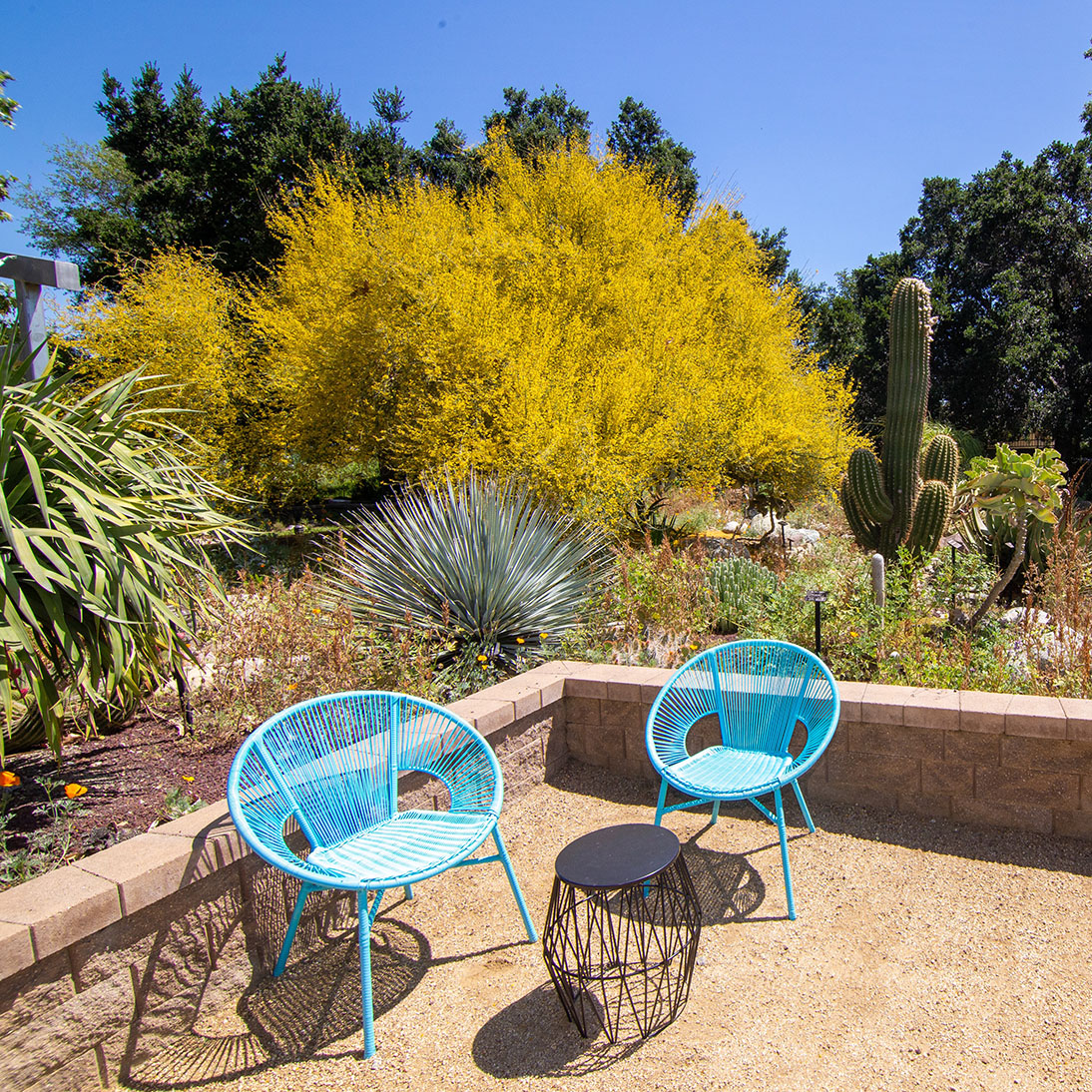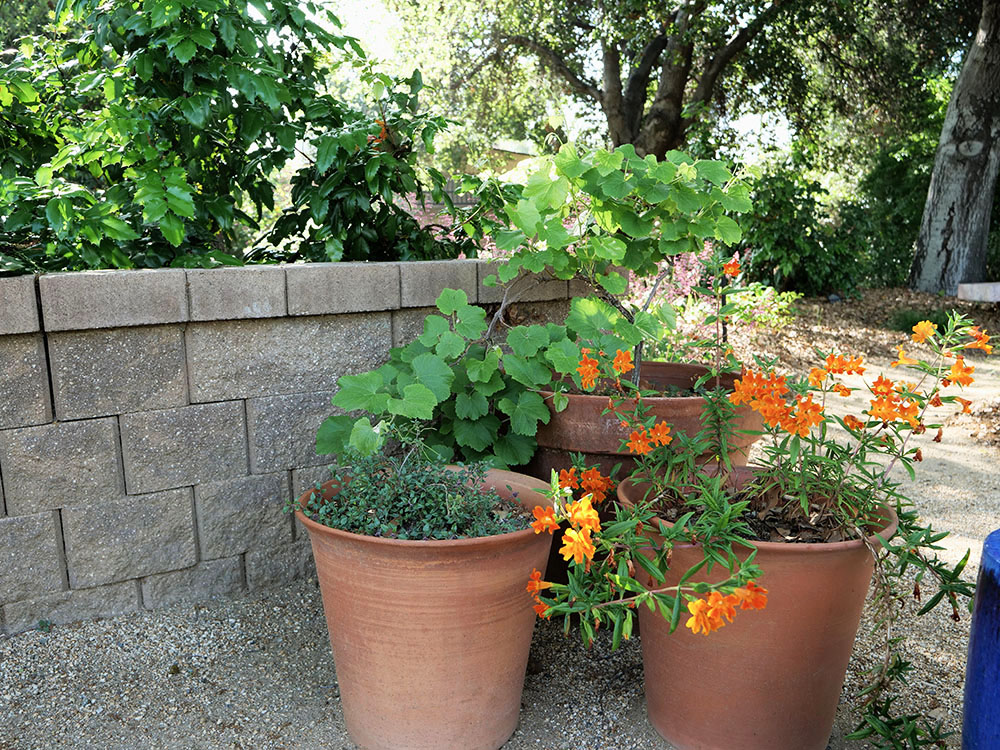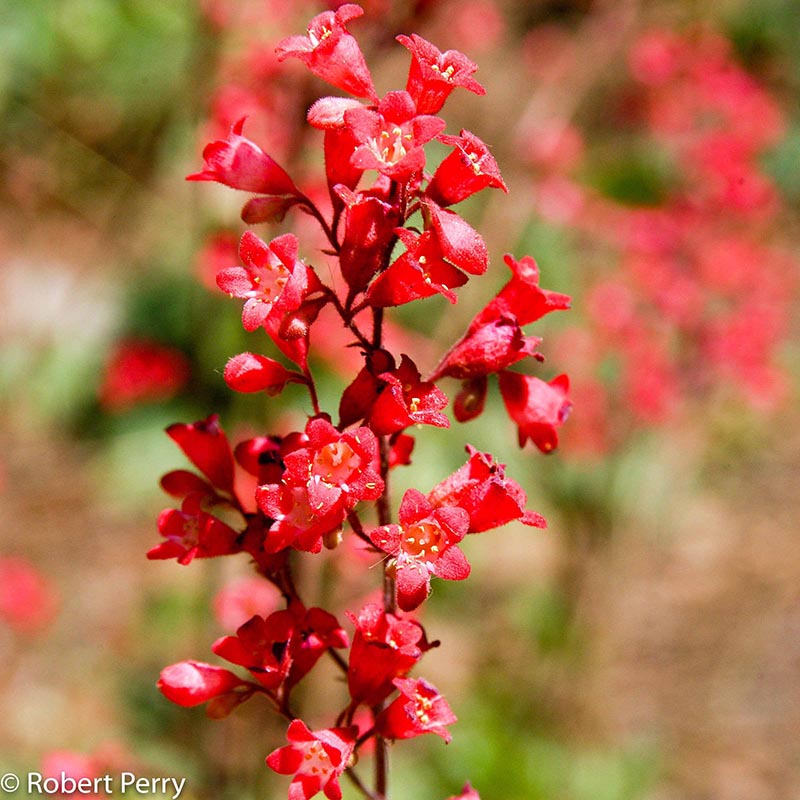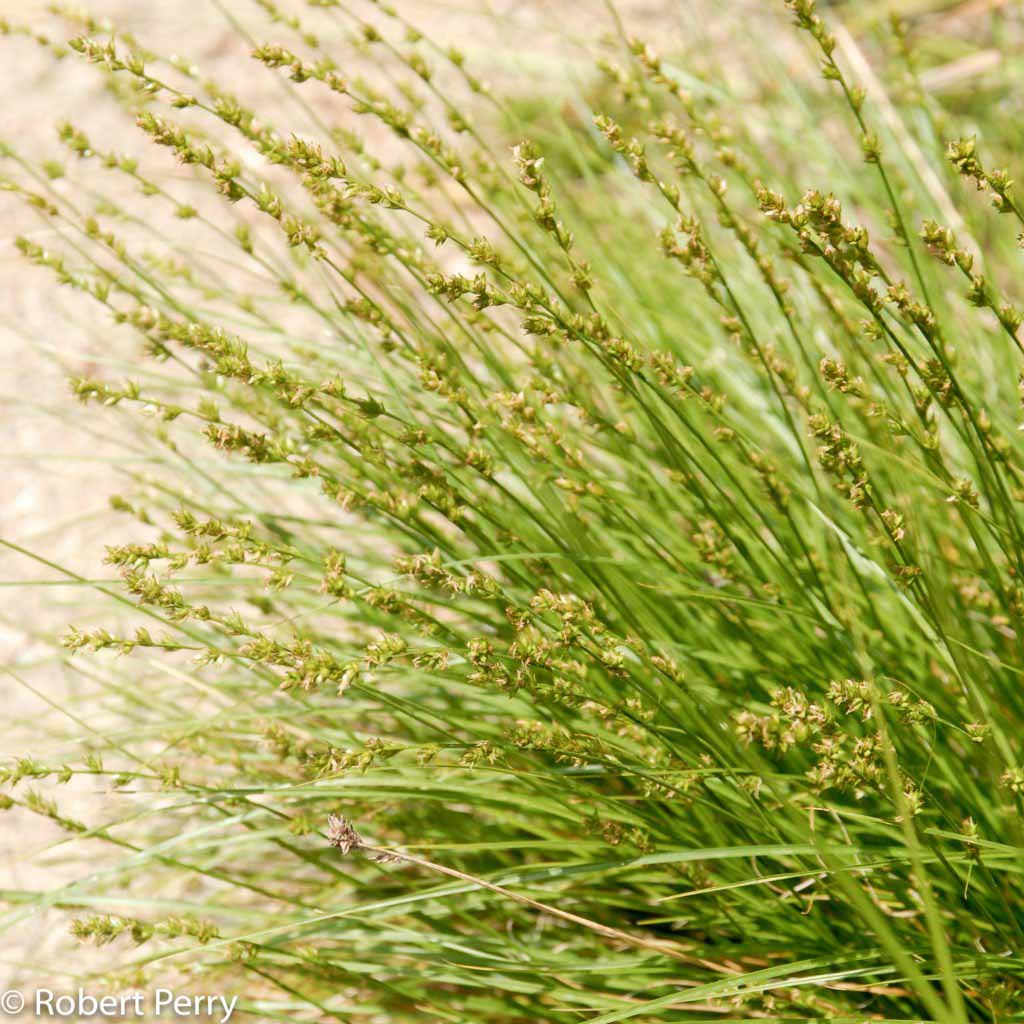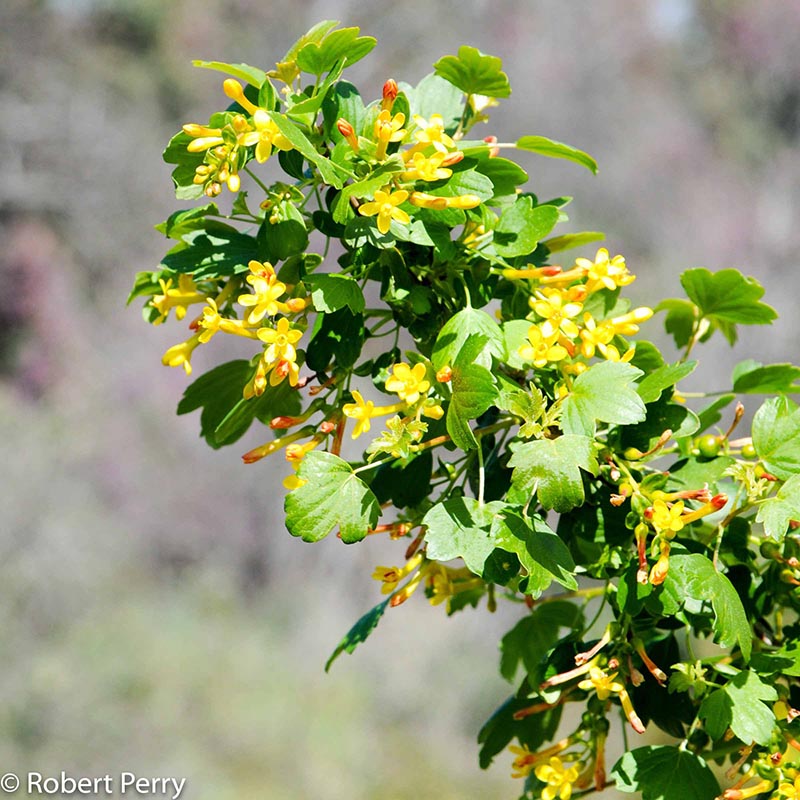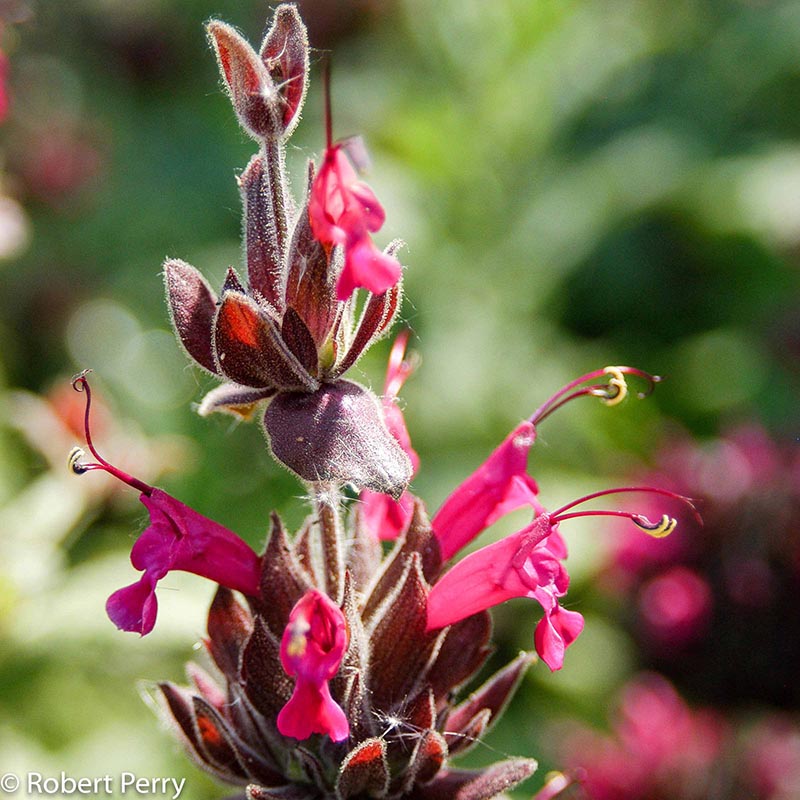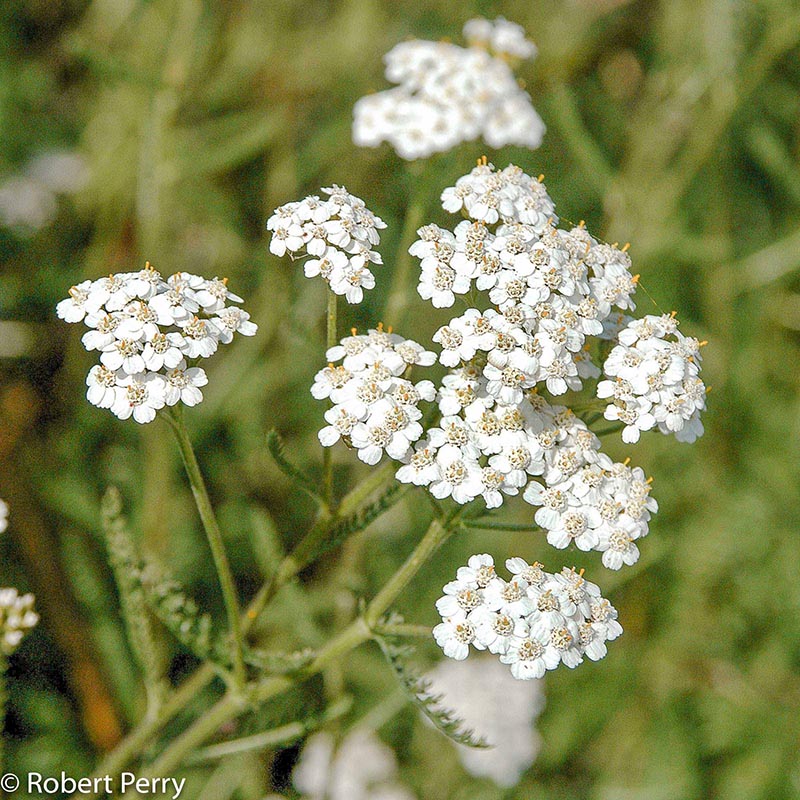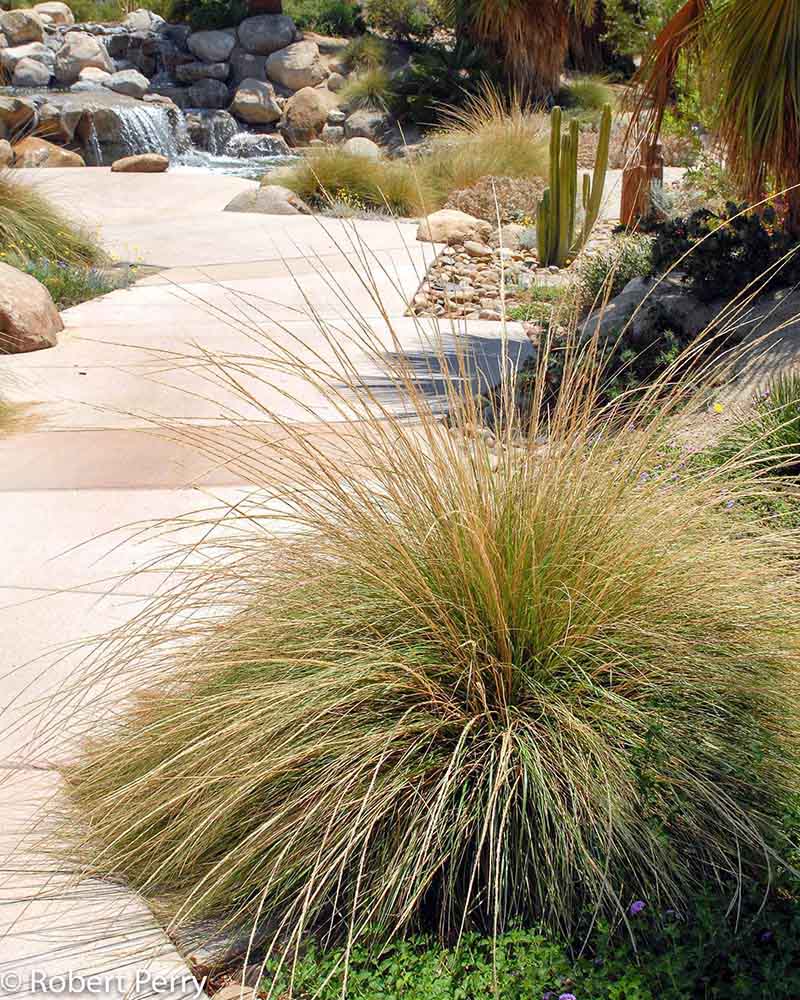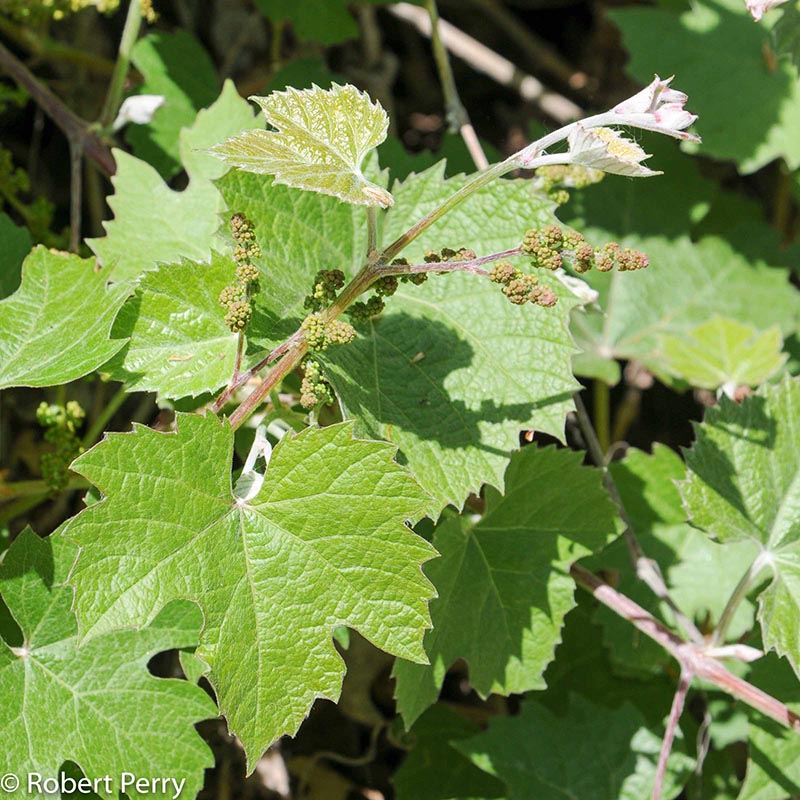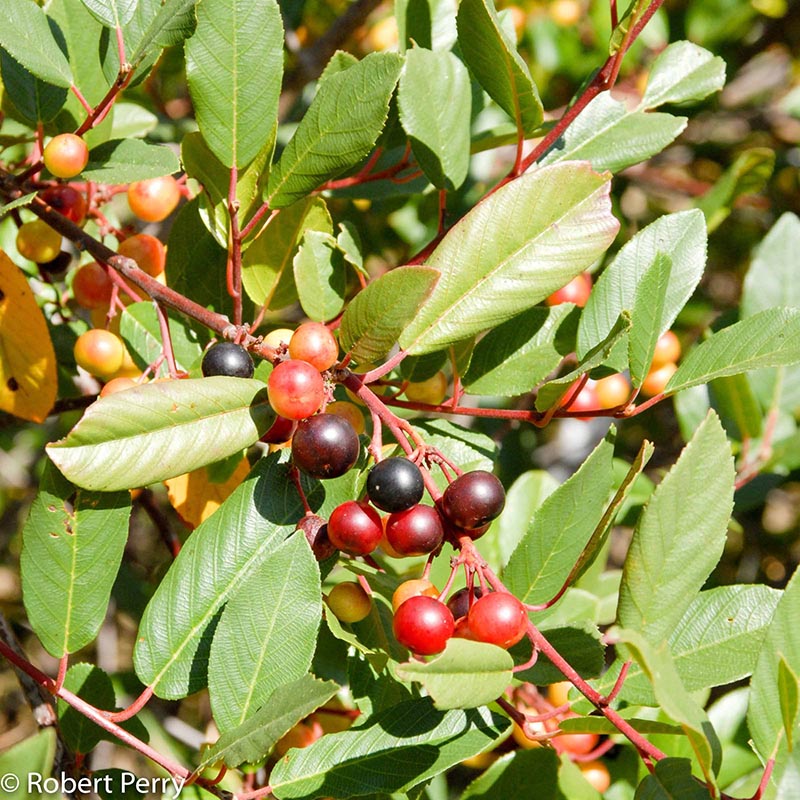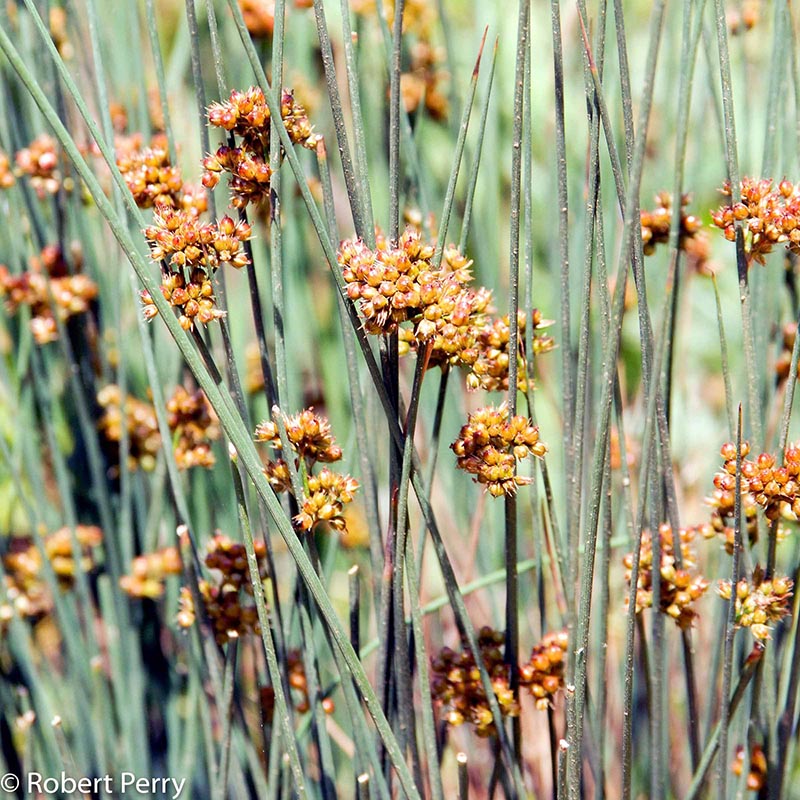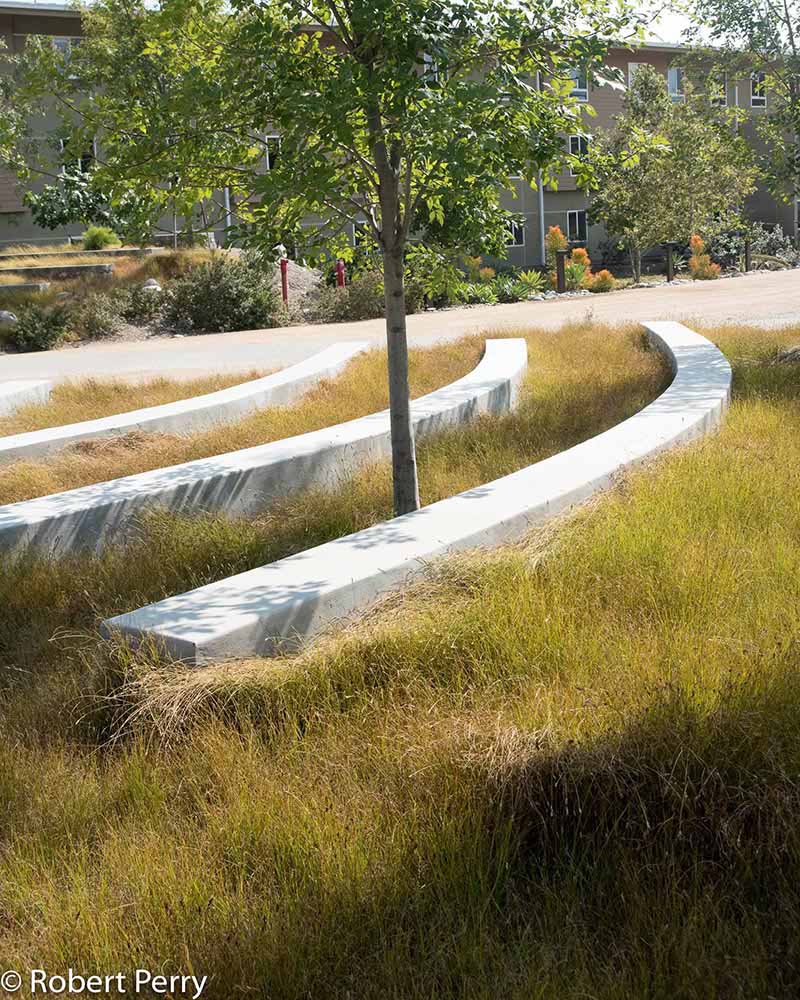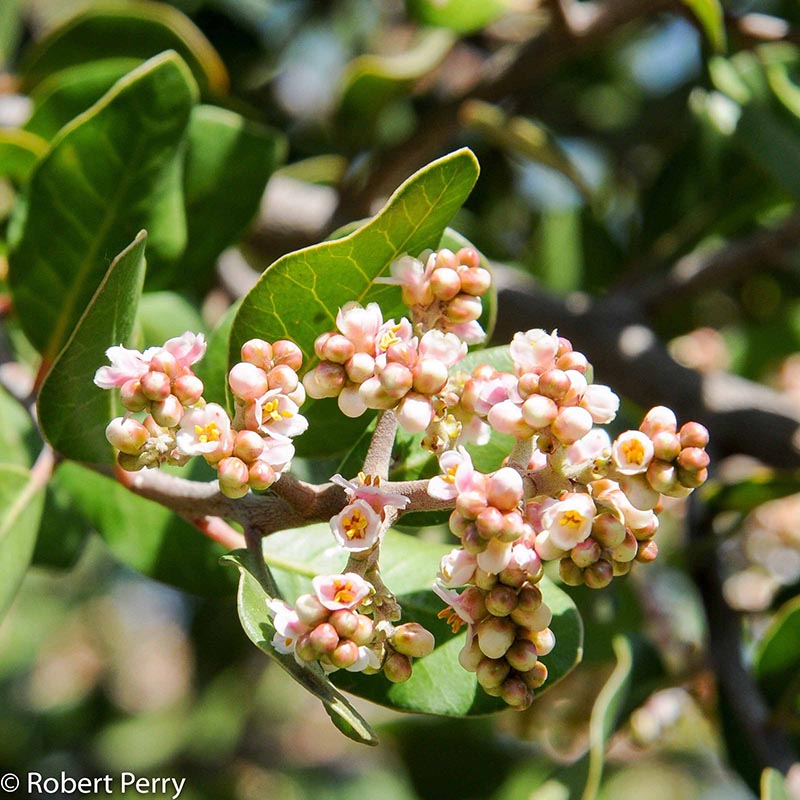Why Consider Adding A Meadow To Your Landscape?
Meadows provide small lush areas within waterwise gardens to relax and enjoy picnics in—and they’re dog friendly. They are a perfect way to provide a lower-water spot of green within a larger low-water landscape.
START SIMPLE
Choose a Primary Plant
Most garden meadows look best with a single tough and reliable species selected as the primary repeated plant in the meadow, creating a cohesive look and simplifying maintenance. We have tried many options at the Waterwise Community Center’s Demonstration Garden. Our favorites are clustered field sedge, California meadow sedge, blue grama grass, and buffalo grass, depending on the desired look and foot traffic the area will receive.
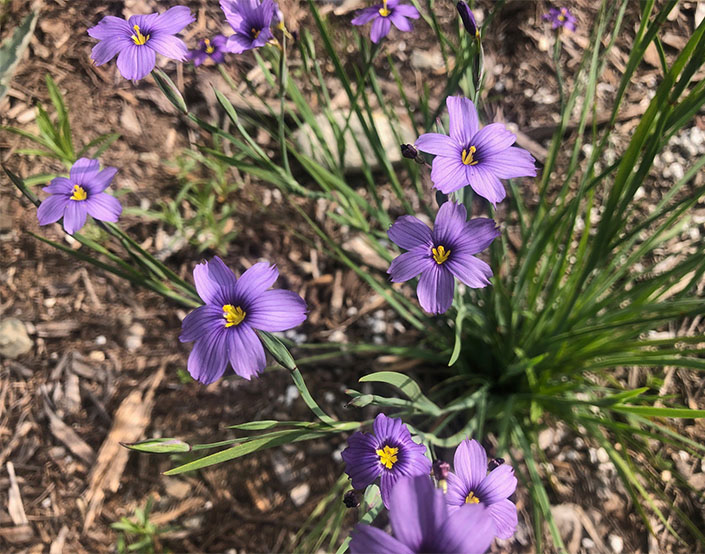
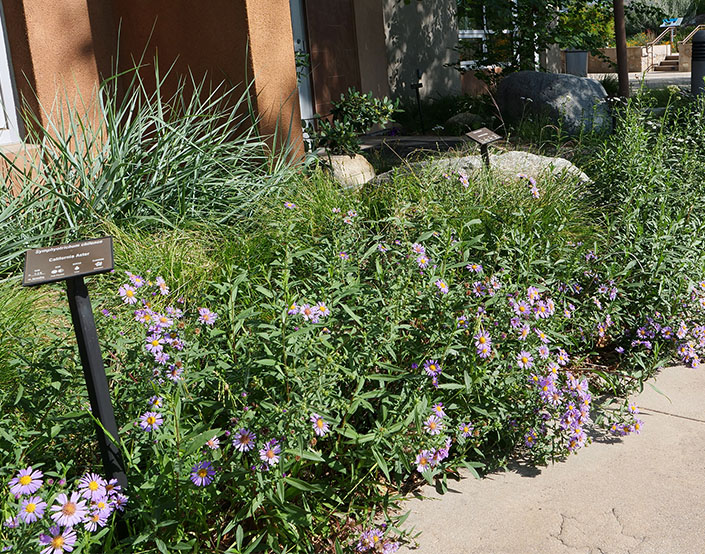
ADD ACCENTS
Mix It Up
You can add occasional accents of flowering plants or attractive bunch grasses interspersed throughout the meadow’s main area. Our favorite addition in small meadows is blue-eyed grass. In larger meadows, we will often mix in yarrow, hummingbird sage, California fescue, foothill sedge, alkali sacaton, deergrass, or coyote mint.
LOWER MAINTENANCE
Cut Back as Desired
Most native meadow plantings are cut back only once or twice per year, depending on your preference. You can use either a string trimmer (weed wacker) or, for very small meadows, a manual hedge shear (which looks like big scissors). The meadow area can be cut back all at once, or you can trim around accent plants and cut those back on a separate schedule.

Meadow Highlights
